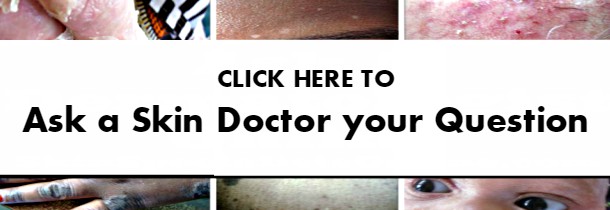
Dear Doctor
What is the difference between angioedema and urticaria and how is angioedema treated?
Dear Patient
The swelling of angioedema (see picture above) affects the deeper layers of the skin (deep dermis and subcutaneous tissues) while the swelling in urticaria (see picture below) which affects the more superficial layers of the skin (upper dermis).
Angioedema Treatment
The treatment depends on the type of angioedema.
This treatment should begin with identifying and avoiding all triggers. It should also be combined with wearing a Medic Alert bracelet.
1. Allergic Angioedema
This is the most common type and it is can be caused by foods like crustaceans and molluscs, eggs, chocolate, wheat, nuts like peanuts and berries. Food dyes like tartrazine or yellow dye no. 5 as well as food preservatives like sulfites are other causes.
Allergic angioedema is treated as a medical emergency because of the risk of suffocation due to swelling of the throat which makes it difficult to breathe. Treatment includes the use of:
a. Adrenaline injections
b. Antihistamines like diphenhydramine, cetirizine and loratadine
c. Corticosteroids like prednisone
d. Analgesics for patients with pain
2. Hereditary Angioedema
This is the rarest type and it is caused by mutations or changes in the C1 esterase inhibitor (C1-INH) gene.
Hereditary angioedema is treated with:
a. Medications like Danazol, Stanozolol and Icatibant.
b. Avoiding triggers
It is very important to remember that hereditary angioedema does not respond to the antihistamines and corticosteroids used to treat other types of angioedema.
3. Drug Induced Angioedema
This type is caused by medications like angiotensin enzyme converting (ACE) inhibitors e.g. captopril and lisinopril which are used to treat high blood pressure. Selective serotonin reuptake inhibitors (SSRIs) which are used to treat depression are other causes.
Drug induced angioedema is treated by:
a. Stopping the triggering medication
b. Antihistamines
c. Corticosteroids
d. Counseling because the angioedema caused by some medications like ACE inhibitors may persist for a few months after the medications have been stopped.
4. Idiopathic Angioedema
This is the type in which the cause cannot be identified. It is treated with:
a. Corticosteroids
b. Antihistamines
c. Avoiding triggers



